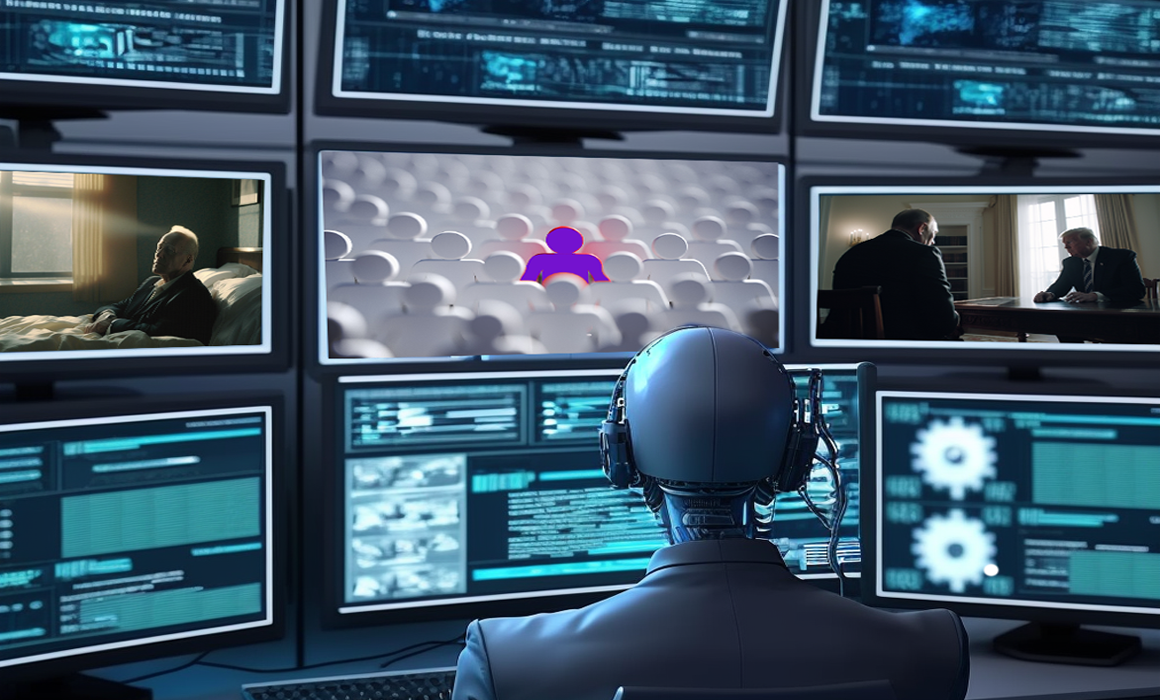
The GOP opened its 2024 campaign with an AI-generated video showing the chaos likely to come from re-electing President Biden and Vice President Harris. While some saw this as the opening salvo in political ads generated by artificial intelligence, the technology has been shaping political perceptions for some time. In the 2016 presidential election, AI was used to great effect to micro target and message to swing voters across the country.
What is relatively new is the introduction of generative AI, which lets anyone use and manipulate the power of AI to think through and accomplish countless tasks. From its use in content creation, ad distribution, chatbots, and voter outreach, generative AI is rapidly changing the political landscape. A 2018 study by MIT showed how false news spreads faster than the truth due to its novelty, and generative AI will give bad actors the ability to create content that will outpace any tool we have to detect it. AI is not just a threat to partisan political communications. It goes to the heart of public policy advocacy and commercial communications. Businesses will either engage with AI or be the victims of it.
As with any new and emerging technology, the most imaginative uses of generative AI will have the greatest impacts. In politics and advocacy, we can expect a proliferation of campaign and special interest ads that leverage the power of AI to magnify and shape messaging. Think of ads or clips showing an incoherent Biden disclosing national security secrets during a ‘fake’ speech, or Trump sitting behind a desk as federal agents burst in to arrest him.

Image created using Hawthorn’s Midjourney generative AI server
But the most powerful impacts will be those that use AI more subtly. Campaigns and companies have already mastered the power of AI to analyze psychological and behavioral patterns to identify the shrinking pool of persuadable voters who can swing counties, states, and ballot measures. Applying visuals and other realistic generated content to telegraph their hopes and fears will resonate with voters in new and dramatic ways.
At the grassroots level, this technology will allow issue advocates to deploy creative and compelling audio, visuals, and content in support of or against a given topic. Generative AI will make it easier for trolls to amplify their messaging and reach diverse audiences. This potential misinformation will have more opportunity to go viral on what are now unregulated digital platforms and forums. To counter these threats, organizations will have to invest more resources and profile potential scenarios that might require a defense or a response. They will have to regularly create specialized communications that outline, restate, and visualize their positions, before they are needed.
Google’s CEO said recently on 60 Minutes that AI’s impact will be more profound than the discovery of fire or electricity. Silicon Valley’s hyperbolic rhetoric aside, this year and for the near future, generative AI will have an immense impact at the state and local level, making it easier to engage with, educate and mobilize voters and advocates through hyper-effective emotional and psychological messaging. This is not quite the Brave New World that Aldous Huxley envisioned, but it is one that smart organizations – those who know what motivates their customers, clients, and opposition – can navigate with foresight and imagination.
